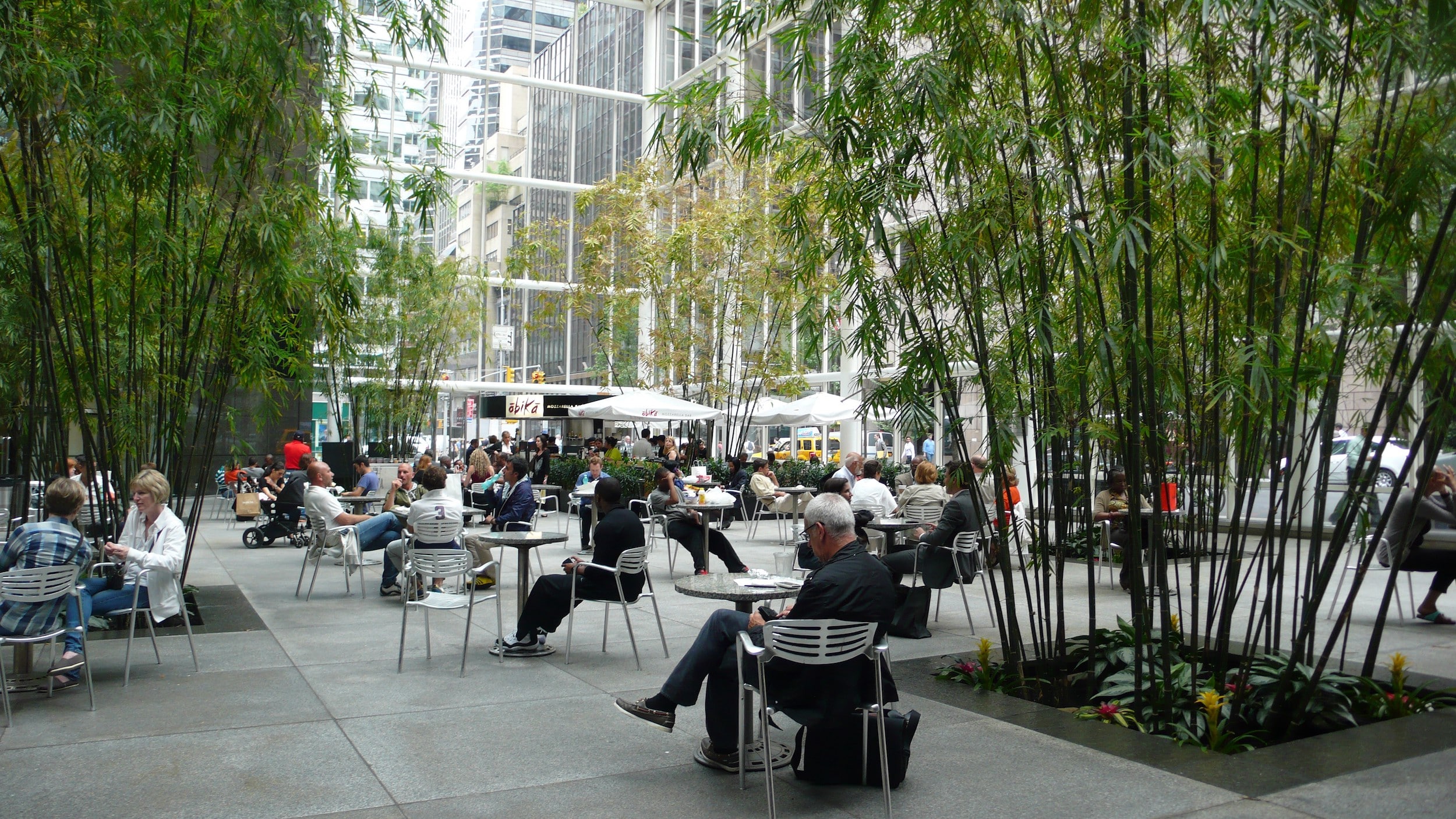Multi-use spaces are reshaping how cities accommodate people. By designing spaces that can function differently for individuals, city planners, landscape architects and other designers can create one-of-a-kind areas that are destination hotspots.
Parks and playgrounds are often community hubs for social recreation. They are valued by neighborhoods because they provide public spaces where families can spend time outdoors and socialize together. But their value doesn’t have to end there. The benefit of these recreation areas can be enhanced by adding places for social gatherings. Stages for local concerts, picnic areas for birthday parties and even indoor venues for special events can transform parks and playgrounds into multi-use spaces that can be enjoyed by people of all ages. Public gathering areas, such as squares or courtyards, can be incorporated so that local farmers markets or businesses have a place to network with customers. Not only does their presence help bolster the local economy, it also brings in new visitors.
Streets are a vital component to any city infrastructure and are often viewed as a means for vehicle transportation. When streets are designed with multi-use means in mind, they can accommodate a variety of other needs. City planners can design streets that are pedestrian friendly, encouraging foot traffic by building sidewalks with public benches alongside them. Streets can be bike friendly by providing bike-only lanes or lush greenways along busy roads or adding convenient bike racks outside of local businesses. When streets are designed for more than just automobiles, it positions them as enjoyable and valuable instead of a mere route to get to one’s next stop.
 People are on the go more than ever before. It’s no surprise that many cities are meeting this fast-paced trend by incorporating outdoor fitness equipment in parks and greenways. Universities are even adding it to their student courtyards. Some might call it “surprise fitness” — where you stumble upon fitness equipment and decide to jump on for a quick calorie burn. Cyclists or pedestrians on a pathway can jump over to the grass and spend a few minutes improving their upper body strength by doing some pulls up, or students at a university can enjoy a cardio workout on a recumbent cycle in between classes. Scattering fitness equipment along pedestrian paths or throughout public spaces encourages people to stay active and also makes your spot a workout destination.
People are on the go more than ever before. It’s no surprise that many cities are meeting this fast-paced trend by incorporating outdoor fitness equipment in parks and greenways. Universities are even adding it to their student courtyards. Some might call it “surprise fitness” — where you stumble upon fitness equipment and decide to jump on for a quick calorie burn. Cyclists or pedestrians on a pathway can jump over to the grass and spend a few minutes improving their upper body strength by doing some pulls up, or students at a university can enjoy a cardio workout on a recumbent cycle in between classes. Scattering fitness equipment along pedestrian paths or throughout public spaces encourages people to stay active and also makes your spot a workout destination.
Amidst the impact of urban sprawl, more cities are adding pedestrian walkways that encourage foot traffic along scenic routes or outside busy city centers. Water fronts are especially popular multi-use areas. Concert stages, picnic tables, bike paths and marinas are nestled along lakes, rivers and oceans. Commonly designed as car-free areas, they provide a safer place for people to congregate and enjoy nature. Multi-use greenways, suitable for cyclists or walkers, are another popular method to encourage people to forego their vehicle when going to work or running errands. These paths are designed to connect nearby housing developments to local parks or shopping districts and play a vital role in the interconnection of neighborhoods.
Gone are the days where function dictates design. More cities are choosing to design multi-use spaces that appeal to people of all ages who have different needs and interests. Through thoughtful design, these spaces will become community destinations that are sure to be enjoyed for years to come.
If you are interested in learning how to design a multi-use area in your community, please contact CR Studio Design.
